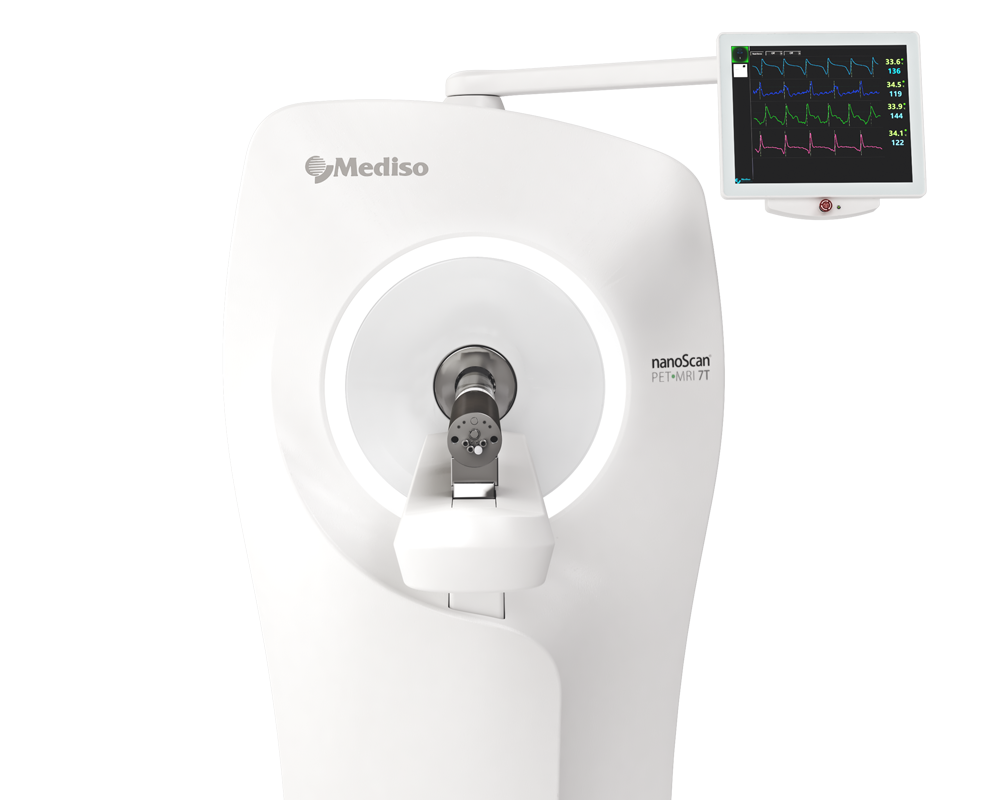Radionuclide, magnetic resonance and computed tomography imaging in European round back slugs (Arionidae) and leopard slugs (Limacidae)
2021.07.05.
Nicola Beindorff et al., Scientific Reports, 2021
The aim of this study was to explore the functional anatomy of the European round back slug (Arionidae) and leopard slug (Limacidae) and to establish an imaging protocol for comparative species study. Radionuclide images with single photon emission computed tomography (SPECT) and positron emission tomography (PET) were obtained after injections of standard clinical radiopharmaceuticals 99mTc-dicarboxypropane-diphosphonate (bone scintigraphy), 99mTc-mercaptoacetyltriglycine (kidney function), 99mTc-diethylenetriaminepentaacetic acid (kidney function), 99mTc-pertechnetate (mediated by the sodium-iodide symporter), 99mTc-sestamibi (cardiac scintigraphy) or 18F-fluoro-deoxyglucose (glucose metabolism) in combination with magnetic resonance imaging (MRI) and computed tomography (CT) for uptake anatomic definition. The results show the detailed functional anatomy of Arionidae and Limacidae, and describe an in vivo whole-body imaging procedure for invertebrate species. These findings might apply to understanding effects of modern environments on ancient species and sustainability indicators in local populations. These findings however might also help define common areas in mammalian and invertebrate physiology as basis for comparative research, fostering in vivo experimental studies in invertebrates in general, and introducing molluscs as potential substitute for mammalian species in biomedical research.

Hogyan segíthetünk Önnek?
További termékinformációkért, vagy támogatásért keresse szakértőinket!
Vegye fel a kapcsolatot

